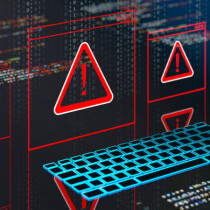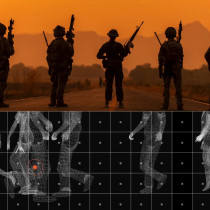Alcatel ASDL modems possibly under attack - firmware changed by parties unknow
Andrea Costantino is reporting that there seems to be an attack in progress against all Alcatel ASDL modem/router users. Using the EXPERT mode vulnerability and the Shimomura's challenge/response EXPERT mode password calculator, someone has upgraded the firmware of all Alcatel modem in Italy and maybe elsewhere.



































































